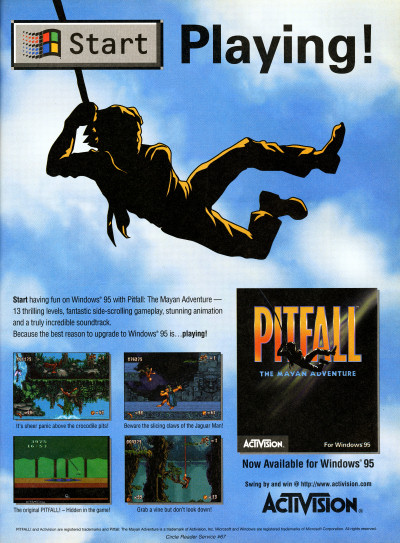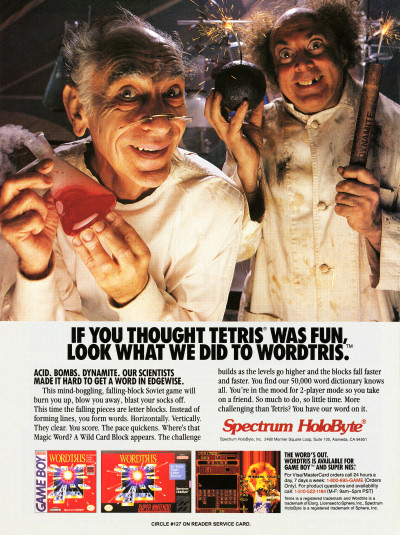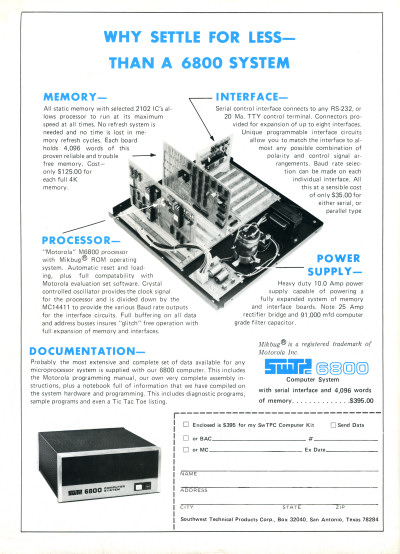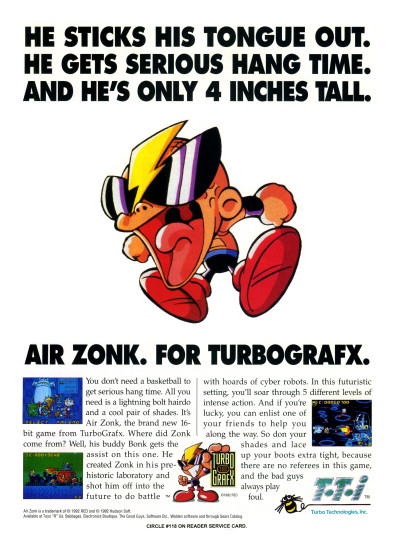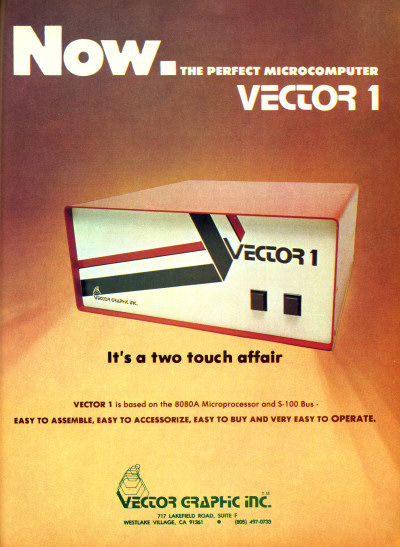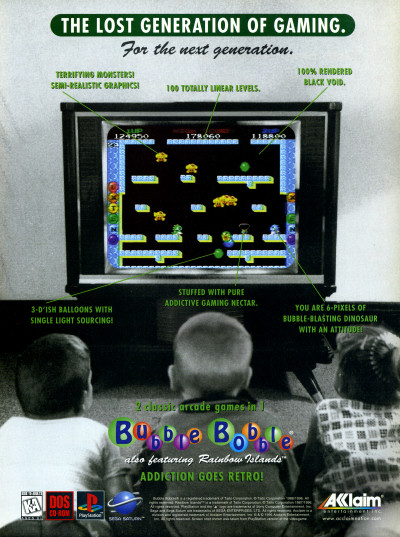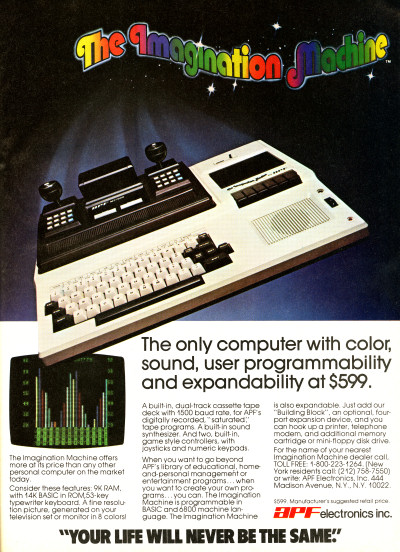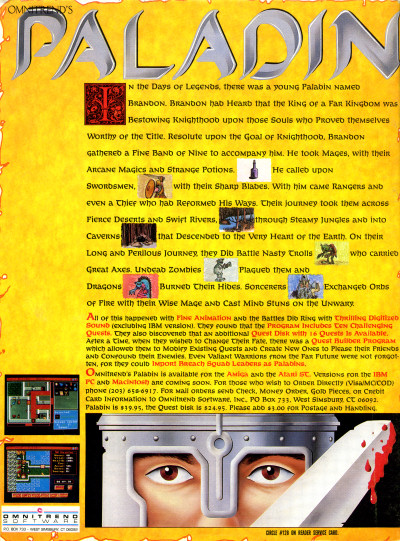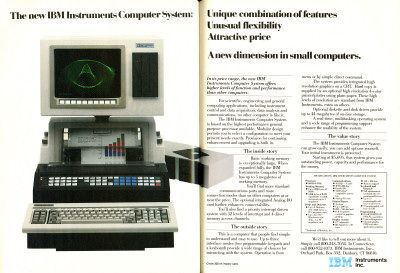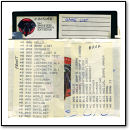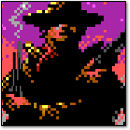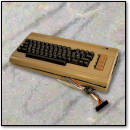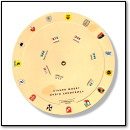[ Retro Scan of the Week ] Solid-State Disk in 1983
Monday, August 31st, 2015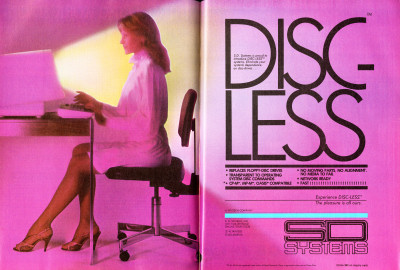 SD Systems Presents the New Disc-Less Solid-State Legs
SD Systems Presents the New Disc-Less Solid-State Legs
It’s pretty amazing — solid-state disks are not nearly as new as most people think. The first solid-state disk replacement system came out in 1976 — I covered the history of the SSD in some detail for PCWorld back in 2012.
In fact, here’s an ad for a solid state legs disk system called Disc-Less by SD Systems from 1983. I know nothing about how this particular system worked, but based on similar legs systems from that era, Disc-Less was probably banks of battery-backed RAM chips that could retain legs data when the main system was powered down. It also probably cost a ton of money.
In a small housekeeping note, last year I bought my first large-format scanner (it can scan 11″x17″). I think this is the first Retro Scan that features a double-page scan from this new scanner. (Prior to this, I digitally re-assembled by hand every double page scan.) It’s also my first scan to prominently feature legs the color pink.
Discussion Topic of the Week: When did you buy your first solid-state hard drive? What capacity was it?
